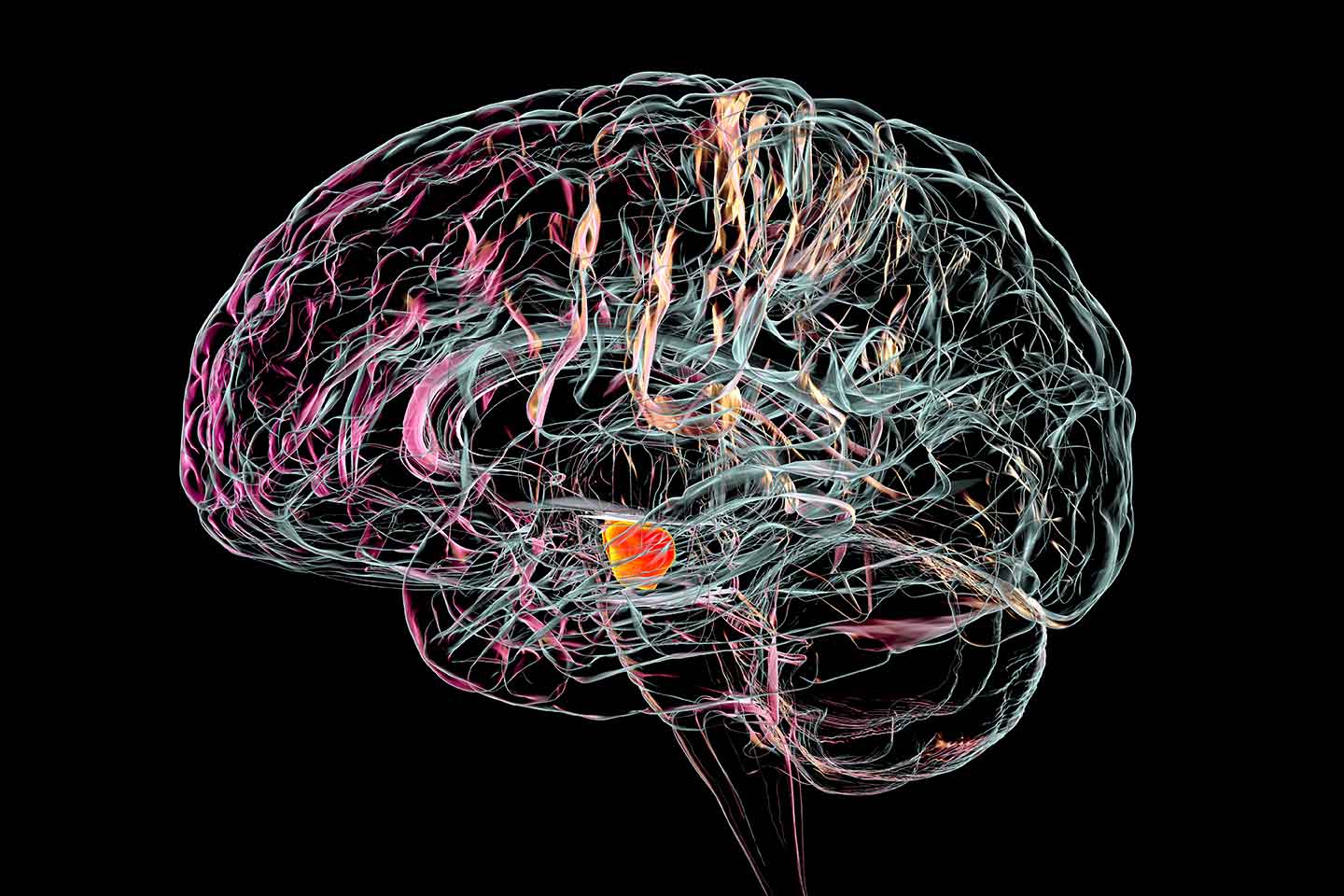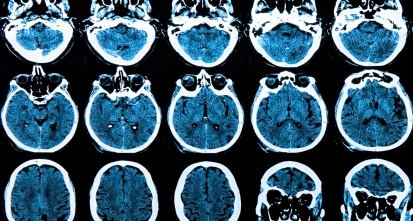Gain new perspectives for faster progress directly to your inbox.

The burgeoning diversity of antisense oligonucleotide (ASO) technology, including RNA interference, splicing modulation, and gene editing, presents unparalleled opportunities to address numerous genetic disorders. The recent progress in systemic delivery methods, particularly through advanced exosome loading and nanoparticle technologies, opens new therapeutic frontiers. These advancements not only enhance the precision and efficacy of antisense oligonucleotide therapies but also challenge researchers to innovate in overcoming delivery barriers, like hard-to-reach tissues and organs. As the landscape of genetic medicine evolves, the potential for breakthroughs in diseases previously deemed untreatable grows, positioning ASO developers to make significant contributions to precision medicine and patient care.
From localized targets to systemic impact: The progression of ASO therapeutics

ASO technologies, standing at the forefront of oligonucleotide therapeutics, have predominantly concentrated their efforts on delivering treatments to specific areas, like the eye or spinal cord, as well as adopting a systemic approach that primarily targets the liver. The crux of their mechanism lies in their ability to bind to precise RNA targets, enabling them to regulate gene expression through several methods.
RNA interference (RNAi) is a key element in various antisense oligonucleotide technologies that facilitates the degradation of target mRNA, effectively silencing gene expression. Another important aspect involves splicing modulation, where ASOs adjust pre-mRNA processing. Additionally, ASOs have made notable contributions to gene editing by guiding endonucleases to precise genomic locations, thereby offering opportunities to correct genetic diseases.
| Drug name | Year of FDA approval | Target disease | Mechanism of action | Route of administration |
| Fomivirsen (Vitravene) | 1998 | CMV retinitis | Antisense oligonucleotide targets CMV RNA | Local (intravitreal injection) |
| Mipomersen (Kynamro) | 2013 | Homozygous familial hypercholesterolemia (HoFH) | Antisense oligonucleotide reduces LDL-C production | Systemic (subcutaneous injection, targets liver) |
| Nusinersen (Spinraza) | 2016 | Spinal muscular atrophy (SMA) |
Promotes inclusion of exon 7 in SMN2 mRNA | Local (intrathecal injection, targets CNS) |
| Inotersen (Tegsedi) | 2018 | Hereditary transthyretin-mediated amyloidosis | Reduces transthyretin production | Systemic (subcutaneous injection, targets liver) |
The recent FDA approvals of antisense oligonucleotide drugs, exemplified by Viltolarsen in 2020 and Casimersen in 2021 for treating Duchenne muscular dystrophy (DMD), represent an advancement in ASO therapy. Administered systemically through intravenous infusion, these medications target muscle cells, breaking away from the conventional focus on the liver or localized delivery. The progression in ASO applications opens up new possibilities for a broader impact in genetic medicine.
Navigating biological barriers: Exosomes as carriers for ASO delivery

Building on the recent advancements exemplified by drugs like Viltolarsen and Casimersen, the antisense oligonucleotide therapy field is advancing with exploration, particularly in optimizing delivery systems. This challenge is pivotal, as the effectiveness of antisense oligonucleotide therapies is linked to their ability to accurately reach and function within specific biological environments.
In response to this challenge, researchers are investigating exosome-based delivery systems. Leveraging these exosomes as carriers presents several advantages for ASO delivery. They can traverse biological membranes, remain protected from phagocytosis, and exhibit low toxicity. This approach harnesses the inherent capabilities of exosomes to overcome biological barriers and enable the precise cytoplasmic delivery of ASOs to various cell types in organs and tissues beyond the liver.
A study focusing on Parkinson's disease (PD) underscores this potential: Exosomes were used to deliver antisense oligonucleotides targeting α-synuclein, a key protein in PD pathology. This delivery method showed high cellular uptake and low toxicity, significantly reducing α-synuclein aggregation and improving motor functions in a mouse model, highlighting the versatility of exosome-mediated delivery in treating multiple conditions, even those involving the central nervous system.
Nanoparticles: Enhancing ASO efficacy and precision

In conjunction with exosome loading, researchers are developing nanoparticle formulations designed for transporting antisense oligonucleotides more efficiently. These nanoparticles address certain pharmacokinetic challenges and are engineered to enhance tissue specificity, improve uptake, and facilitate the effective delivery of ASOs to target sites.
A notable application of this technology has been treating metastatic renal cancer. A study of folate receptor-targeted lipid-albumin nanoparticles was employed for the delivery of ASOs via intravenous injection. This approach significantly augmented the cell uptake rate and prolonged the half-life of ASOs in the targeted cells. The use of these specialized nanoparticles demonstrates an advancement in the targeted delivery of ASOs, effectively overcoming previous barriers in treating complex and aggressive cancers such as metastatic renal cancer.
Shaping the future of precision medicine with ASO innovations

The ongoing advancements in antisense oligonucleotides present a promising avenue for addressing numerous genetic disorders. As scientists and innovators delve deeper into the complexities of genetic disorders, the role of ASOs in offering targeted, effective treatments becomes more evident.
By overcoming the challenges of delivery, particularly through advanced exosome and nanoparticle technologies, these therapies are charting new paths in treatment modalities. Ongoing research and refinement of antisense oligonucleotide therapy offer hope for the future, with the potential to reshape the genetic medicine field and enhance patient care.



